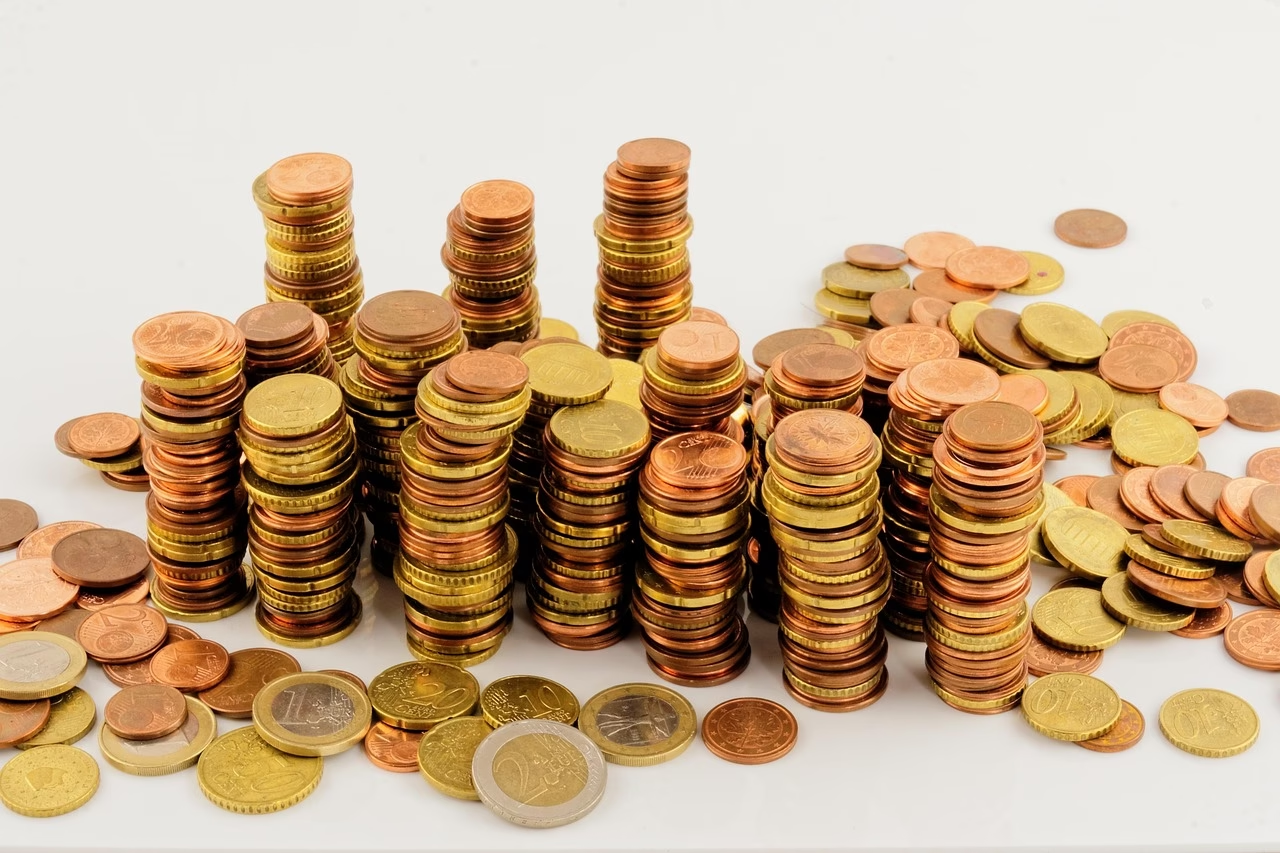The 30-Second Take
With a single procedural maneuver, Ripple has pulled the pin on its cross-appeal against the SEC, and the regulator is poised to do the same. The four-year XRP drama that once held the entire digital-asset market in suspense is now functionally resolved. The practical upshot? A clearer compliance path for exchanges, a fresh catalyst for an XRP exchange-traded fund, and—crucially—regulatory oxygen for the rest of the alt-coin complex (source: Reuters).
How We Got Here—The Legal Cliff Notes
• December 2020: The SEC sues Ripple Labs, CEO Brad Garlinghouse, and Chair Chris Larsen for selling unregistered securities (XRP).
• July 2023: Judge Analisa Torres rules that programmatic XRP sales on public exchanges are not securities transactions, while $728 million of institutional sales are (source: The Block).
• August 2024: Ripple is hit with a $125 million penalty; both parties file dueling appeals.
• March 2025: Ripple signals willingness to drop its cross-appeal in exchange for a partial refund—setting the tone for détente (source: Cointelegraph).
• June 26, 2025: Judge Torres rebuffs a joint request to slash the fine to $50 million, calling the proposal “procedurally improper” (source: Reuters).
• June 27, 2025: Ripple officially withdraws its cross-appeal; Garlinghouse confirms the SEC will reciprocate (source: CryptoBriefing).
Why Ripple Blinked
Ripple’s management team prides itself on playing the long game, but they also read the macro tea leaves. The calculus looks like this:
- Risk-Reward Reset. Upholding Torres’s split decision prevents the worst-case scenario—a higher court reviving the “all XRP are securities” argument. Securing finality trumps shaving a few million more off the fine.
- Capital Allocation. Even a $125 million hit is digestible when your cash war chest exceeds $1 billion. By eliminating litigation overhead, Ripple can redeploy legal spend into product build-out—especially its cross-border payments corridors in Asia-Pac and the Middle East.
- Strategic Timing. Washington is inching toward comprehensive stable-coin and market-structure bills. Ripple knows its lobbying leverage increases once it’s not an active defendant.
The Market Impact: Three Fast Ripples
1. XRP Liquidity Unshackled
The Torres ruling is now de facto “settled law” because the SEC won’t challenge it. That means secondary-market XRP trades are not securities. U.S. exchanges and broker-dealers no longer need to quarantine XRP order books, which should restore market depth and tighten spreads—already visible in a 22 % jump in average daily volume in the first 24 hours after Ripple’s announcement (source: The Block).
2. An XRP ETF Goes from Long Shot to Inevitable
The SEC’s main hurdle to approving an XRP spot ETF was the ongoing litigation cloud. Now, the path mirrors what we saw with the Bitcoin ETF arc: lawsuit → court loss → regulator capitulation → ETF approval. A U.S.-listed XRP trust could surface as early as Q1 2026, aligning with the next wave of exchange-listed alt-coin funds.
3. Precedent for Other Alt-Coins
Ripple just wrote the playbook: fight, win partial clarity, then settle. Expect projects like Solana, Cardano, and Polygon—each still juggling Howey-test shadows—to use this blueprint. The more cases settle on programmatic-sale grounds, the tighter the net around a unified crypto-commodities framework.
Strategic Foresight: What Smart Money Should Watch
- Custodial Infrastructure. Custodians can now integrate XRP without a securities license. Watch for announcements from Anchorage Digital, BitGo, and BNY Mellon.
- Cross-Border Payment Rails. RippleNet’s institutional adoption paused in the U.S. during litigation. Domestic banks—particularly mid-tier commercial banks hunting fee income—may re-engage as early as Q4 2025.
- Congressional Momentum. Bipartisan crypto market-structure bills stalled in 2024 partly because the SEC argued it needed “ongoing authority” proven via the Ripple suit. That talking point is gone. Look for draft language that codifies Torres-style distinctions between primary and secondary sales.
- Valuation Upside. XRP’s fully diluted value (~$72 billion) still prices in uncertainty. A green-lighted ETF plus U.S. banking partnerships could push a re-rating closer to rival payment networks like Stellar’s XLM or even, in a blue-sky scenario, PayPal’s $75 billion market cap.
The Bottom Line
The SEC v. Ripple cage match gripped the crypto world because it symbolized the existential question: “Are tokens securities?” By dropping the appeals, both sides tacitly agree that Torres’s middle-ground answer is good enough. The ruling formalizes a two-tiered system—primary offerings face securities scrutiny; secondary-market trades do not. That clarity is worth its weight in liquidity.
For investors, the signal is clear: regulatory clouds are parting, paving a runway for institutional capital that has been sidelined. I’m sharpening my 12-month XRP price targets, but the bigger story is the precedent. With this chapter closed, the crypto asset class gains a sturdier legal foundation—and a louder voice in Washington’s halls.
Stay nimble, stay data-driven, and—above all—stay liquid.





